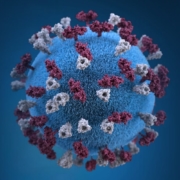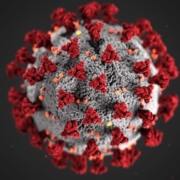EPA Publishes Memorandum Containing Revised Framework and Response to Comments to Improve Pest Resistance for Plant-Incorporated Protectants
This original announcement was published by the EPA on December 1, 2021. Click here for more information.
Today, EPA published a memorandum addressing resistance risks to lepidopteran pests of corn and cotton containing the Bacillus thuringiensis (Bt) Plant-Incorporated Protectant (PIP). Bt PIPs, which are pesticidal substances genetically engineered into corn and cotton to control insect pests, are one of the safest methods of insect control, and, when used properly, they can greatly reduce the need for conventional pesticides. However, since commercialization of Bt PIPs, some species of lepidopteran pests of corn and cotton have developed resistance to certain Bt toxins.
In 2018, EPA hosted a Federal Insecticide, Fungicide, and Rodenticide Act Scientific Advisory Panel (SAP) to help pesticide registrants better detect and manage arising resistance cases. In 2020, utilizing many of the recommendations from SAP experts, EPA released a draft framework for pest resistance management for public comment.
Following the 2020 public comment period, EPA revised the framework to incorporate recommendations regarding key pest resistance management components. This includes, but is not limited to, changes to the resistance definition, resistance monitoring, mitigation methods, annual reporting and product phase downs.
The memorandum released today includes EPA’s response to comments received during the 2020 comment period and a revised framework for pest resistance management that incorporates stakeholder feedback. This framework is intended to extend the longevity of Bt PIPs as effective pest management tools.
Moving forward, the agency will work with Bt PIP registrants to amend their existing product registrations to be consistent with the revised framework. EPA expects to finalize the framework in 2022.
Learn more about Bt PIPs and pest resistance management strategies.






